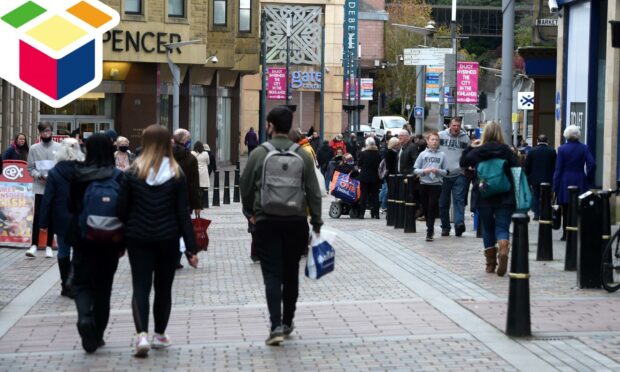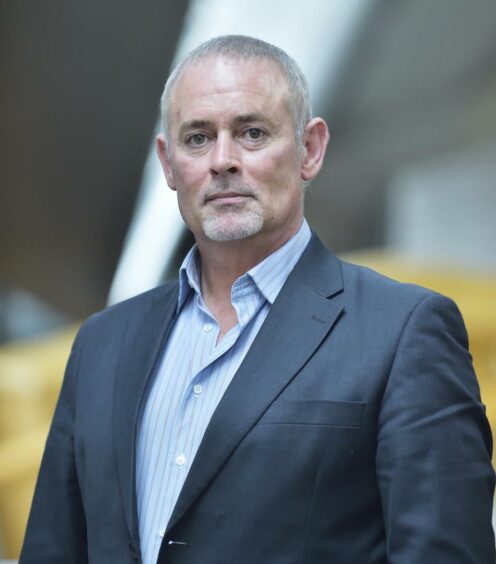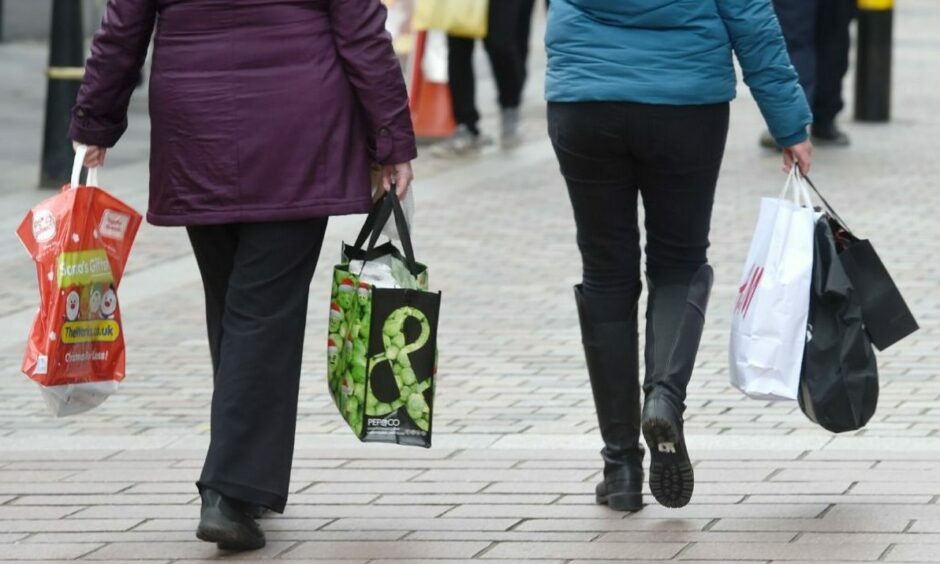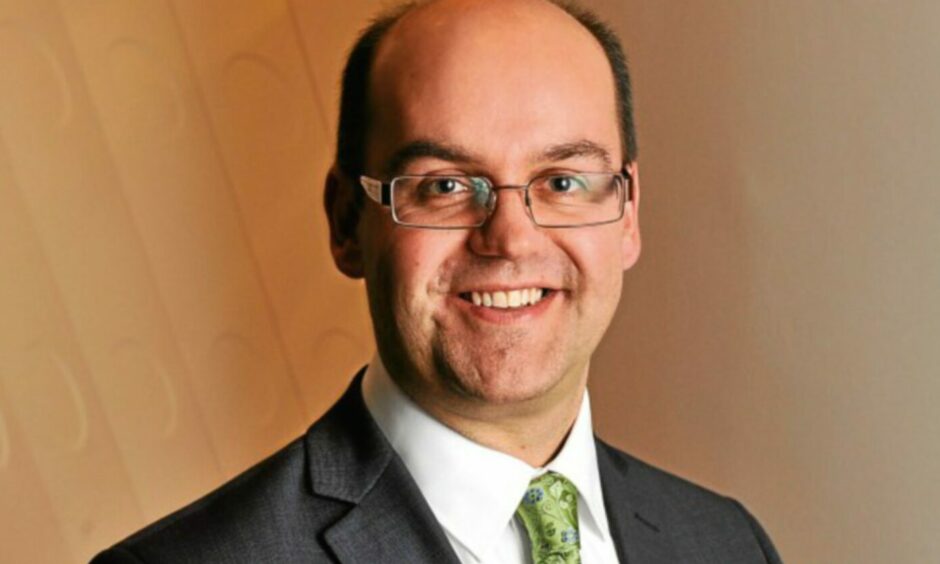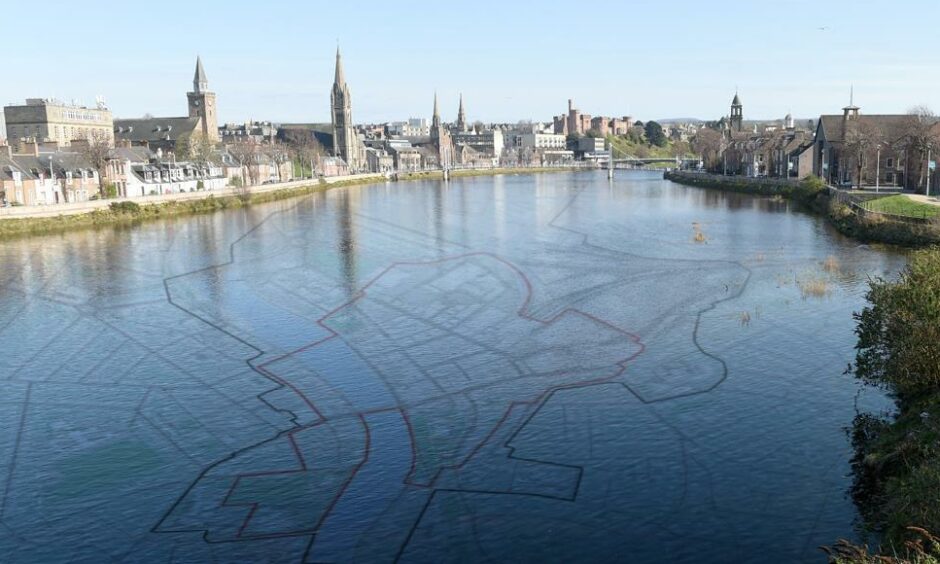Is the golden age of our town and city centres a place to look back on or to look forward to?
There is no doubt the centres we currently visit, or perhaps avoid, are different places to those of decades ago.
The rise of digital and out-of-town shopping has taken its toll, while the pandemic and the cost of living rises have also had an impact.
Reversing trends
A common perception, and one council election candidates will be aware of, is that town and city centres are run-down, no-go areas compared to the bustling hubs of the past.
But ironically, the pandemic, along with the climate emergency, is helping kickstart action aimed at reversing trends.
So, has the death of the town or city centre been exaggerated?
Last year, the Town Centre Action Plan Expert Review Group issued its findings in the report A New Future for Scotland’s Town Centres.
It was commissioned by the Scottish Government to consider how centres can be made greener, healthier, more equitable and inclusive.
The review states the decline of the town centre is overstated and is not inevitable.
It laments that over the last 60 years, many centres suffered from a “decentralised, disaggregated car-dependent model”.
Cost and operating structures disadvantaged town centres, increasing inequalities and have been damaging for people, the planet and the economy, it asserts.
But the report highlights opportunities around a new emphasis on localism and community, although warns reinventing and rebuilding will take time.
Radical recommendations
Some radical recommendations were put forward, including:
- Reducing non-domestic rates for town centre uses and increasing them elsewhere, including out-of-town developments
- Amending VAT, including zero-rate developments and operations in town centres
- Introducing a digital tax
- An out-of-town car parking levy
- A moratorium on out-of-town development
Phil Prentice, chief officer at Scotland’s Towns Partnership, believes there is now a positive outlook.
He said: “We are seeing from both UK and Scottish governments a much more aggressive approach towards the whole town and city centre agenda.
“This is mainly driven by the post Covid and climate emergency agendas.
“If you asked me three years ago, before Covid, I would have said it would be difficult.
“No one was interested and there wasn’t the money available.
“Now, I think the tide had turned and there is a real sense of opportunity.
“It’s looking more optimistic now than for a long time.”
Centres hollowed out
The rise of the car, out-of-town retail parks and suburban living all helped hollow out town and city centres.
Post-lockdown, fewer people will return to offices and climate actions will mean better public transport and active travel measures replacing cars.
Fewer cars also means fewer parking spaces, allowing developers to build more city centre accommodation.
“That has given towns an opportunity to rethink and repurpose,” said Mr Prentice.
“We have to realise that the recovery of our high streets and city centres will not be underpinned by retail.
“Retail will always be an aspect. But the over provision of the 70s and 80s is now having to be addressed.
“Centres will look different. It’s not going back to the butcher, baker and candlestick maker.
“It will be a fit-for-purpose 21st century High Street with citizens living in the town centre and everything flowing around that.
“But we’ve taken 50 years to wreck the town centres, and it will take a good 20 to fix them.”
He says the change comes down to money. Hundreds of millions of pounds are being invested via the UK Government’s Levelling Up fund.
The Scottish Government’s Place Based Investment Programme Fund is also supporting town centre revitalisation and 20-minute neighbourhoods.
We’ve taken 50 years to wreck the town centres, and it will take a good 20 to fix them.”
Phil Prentice
“That is the first time ever there has been a multi-year, significant amount of money towards town and city centres,” said Mr Prentice.
“That will act as a catalyst for commercial investment.”
He says town and city centres are also now “front and centre” of the planning system.
Fiscal framework needs review
“The National Planning Framework has towns and city centres mentioned all the way through. In the past it didn’t mention them at all.”
However, he says the fiscal framework still needs review.
David Lonsdale, director of the Scottish Retail Consortium, believes a challenge for centres now compared to the past is people having more leisure options on which to spend money.
This means less demand on high streets on top of the rise in out-of-town developments.
He said: “In more recent years we’ve had tepid economic growth since the financial crash, the rise of online shopping, and of course the Covid pandemic.
“All of this has affected retailing in town centres.”
SRC is calling for action to tackle business rates and the higher property rate.
It also wants changes to parking schemes, to attract rather than deter footfall, and cuts to bus and train fares into centres.
Mr Lonsdale says Scots spend £24 billion each year with retailers and even matching the “dismal” growth of the past ten years over the next decade could add £2 billion.
“However, we do think there will be fewer shops and that town centres need to look to other sectors to maintain and enhance the economic vitality.”
Andrew Goodacre, CEO of the British Independent Retailers Association, says recovery depends on location and the vision of the local leadership.
“Where we work is still changing and so the large cities have bigger decisions to face than some of the smaller towns.”
Inverness masterplan
In November, Highland Council backed a masterplan for Inverness.
It moved away from a retail focus, in favour of housing, offices and leisure, along with a night-time economy.
Executive chief officer for infrastructure, environment and economy, Malcolm MacLeod, says many vacant shops and upper floors of buildings are being converted into flats as interest grows in city centre living.
He points to improvements to the Victorian Market, the redevelopment of Inverness Castle and schemes like the Highland Food and Drink Trail as examples of efforts to encourage more people into the centre.
He said: “There are things outwith our control, like online retailing. But we are doing everything we can to attract Scottish and UK Government funding towards projects that will really benefit city and town centres.”
MP Drew Hendry, who also launched a City Vision for Inverness last year, believes empty shops and congestion are among the reasons why high streets are seen as unattractive.
He says people want high streets to be more activity-focused, more family-friendly and pleasant places to walk and cycle.
“We need a radical rethink of how we use these areas to make them a place folk want to spend time.”
Towns and cities of the future
The Scottish Government states its Town Centre Action Plan 2 sets out plans to build thriving, sustainable towns and cities of the future.
“We want to ensure action is taken to transform town centres to mitigate and reduce the impact of climate change, to become more inclusive, to play their part in community wealth building, transition to a wellbeing economy and support social renewal following the pandemic,” a spokesman said.
It says actions include the lowest non-domestic property rates in the UK for over 95% of non-domestic properties.
